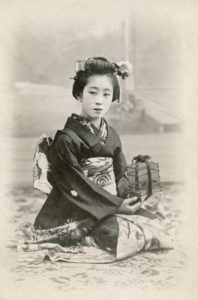
Apprentices have 5 hair styles. Three of the styles denote her level of apprenticeship. The other two styles are for special occasions. A full geisha has at least 4 hair styles.
The ornaments worn for each style (called kanzashi) vary based on the month, hairstyle, and season.
Shikomi
This is the first level of geisha apprenticeship. It lasts about one year and starts at age 16. During this time, the girl learns the rules of the community and starts learning dance. She is allowed to wear her hair in any style, but it cannot be cut. It takes long hair to achieve the elaborate hair styles. One of most important aspects of this period is observation. A shikomi observes her onesans – older sisters.
After Misedashi
After one year a shikomi, experiences her misedashi. This is a ceremony that marks the debut of a new apprentice. During the ceremony, the maiko and her older sister offer sake to each other from three small cups. Both take three mouthfuls from each cup. The apprentice is then given a new name that includes one character from her older sister’s name. After this ceremony and naming, the apprentice follows her older sister to banquets and parties to be introduced to some of the sister’s clients. The clients give the maiko gifts of at last 10,000 yen to celebrate her debut.
During apprenticeship, the girl visits the hair dresser weekly to be washed and restyled. It is not unusual for wads of paper to be used to achieve the various styles. She also has to sleep on an omaku, a wooden box with a small pillow. This keeps her hair style intact. She only washes her hair once each week.
Warenshinobu

This style is worn after an apprentice experiences her mizuage or snags her first danna. Danna are patrons of a geisha. They support apprentices or geisha financially. In the past danna were men that kept a geisha as a mistress.Because this style was worn after the girl lost her virginity or was accepted as a mistress, it was a style that caused likely caused some embarrassment.
Today this style is worn on her 18th birthday or after 3 years of training.
Sakko
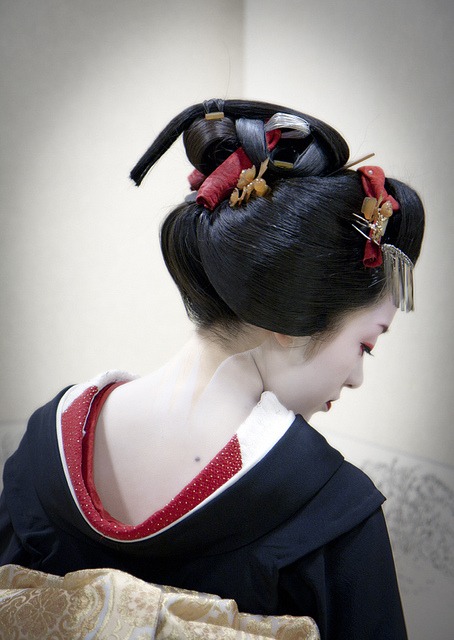
Yakko-shimada

Katsuyama
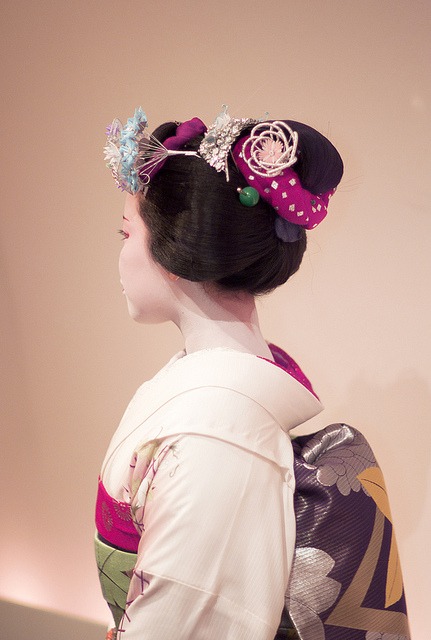
After her apprenticeship, a geisha is able to wash her hair regularly and sleep on a normal pillow. However, a geisha has to have no less than 3 wigs for different occasions. These wigs can cost at least 100,000 yen each. The wigs are made of human hair and made specifically for the geisha. The wigs need care from the wig maker around twice a month.
Kanzashi
Kanzashi are hair ornaments worn depending on the month, season, hairstyle, and tastes of a geisha. The ornaments attempt to match the natural events of each season. February incorporates plum blossoms because it is the month of plum blossoms. April features cherry blossoms.
References
Wikipedia. Sakko. http://en.wikipedia.org/wiki/Sakko
Wikipedia. Chignon (hairstyle). http://en.wikipedia.org/wiki/Chignon_(hairstyle)’
Lockard, L. (2009). Geisha: Behind the Painted Smile.
Szczepanski, K. History of the Geisha: Japanese Female Artists and Entertainers. Retrieved from http://asianhistory.about.com/od/japan/a/History-of-the-Geisha.htm.

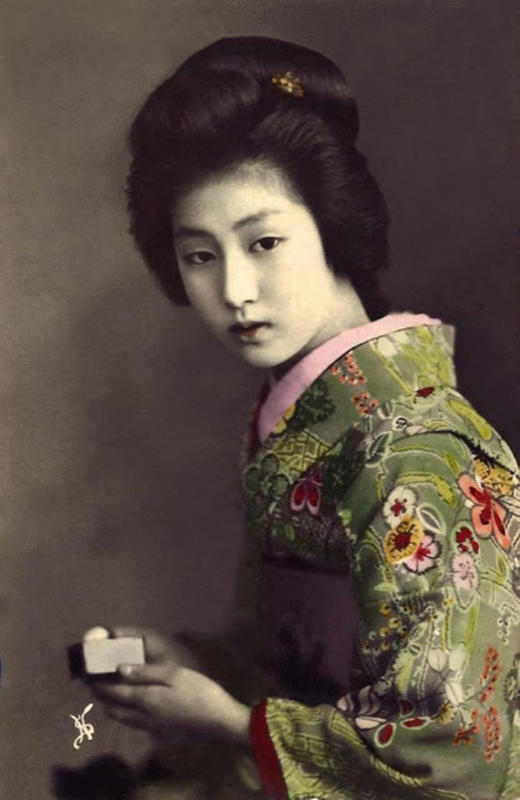
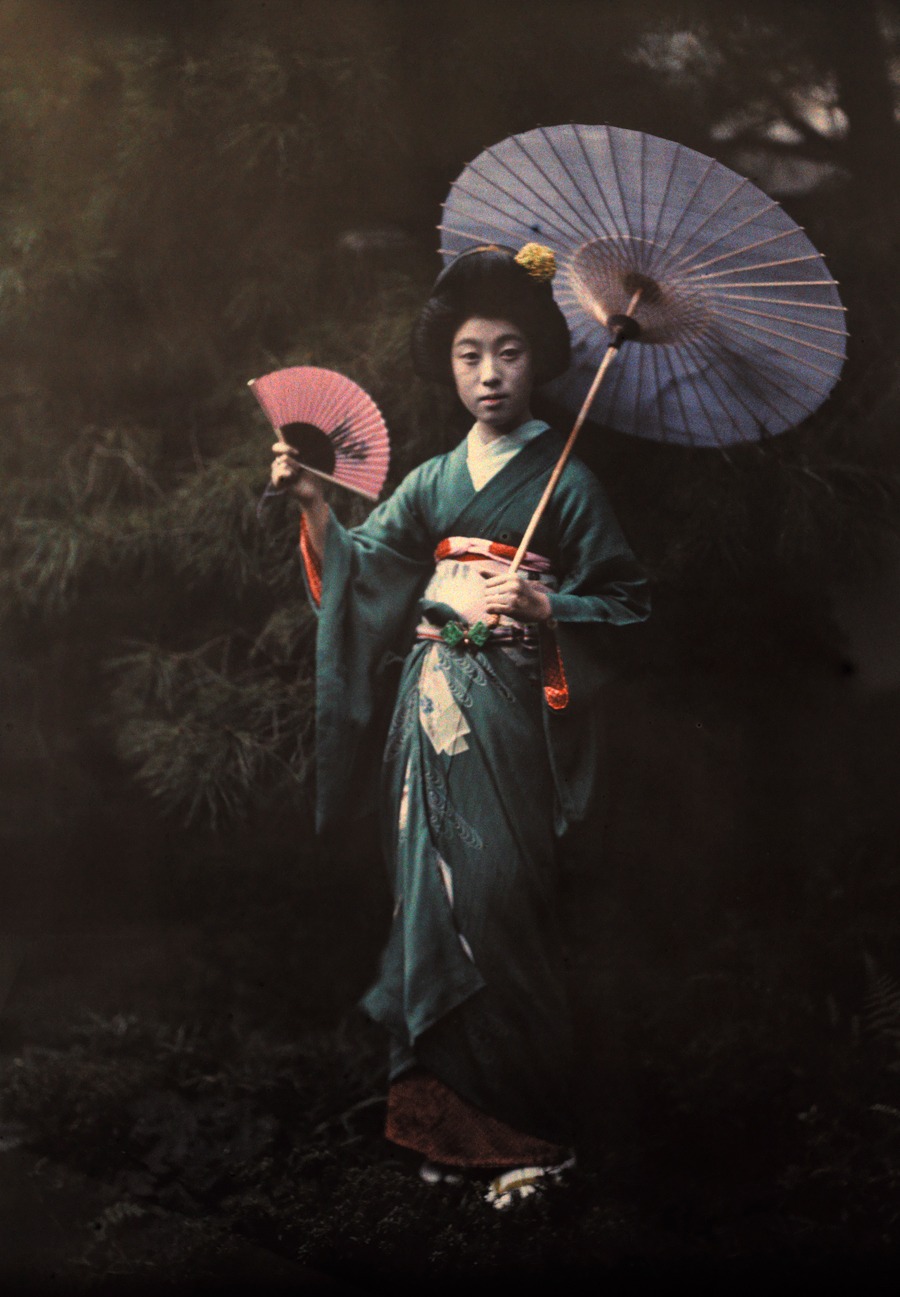
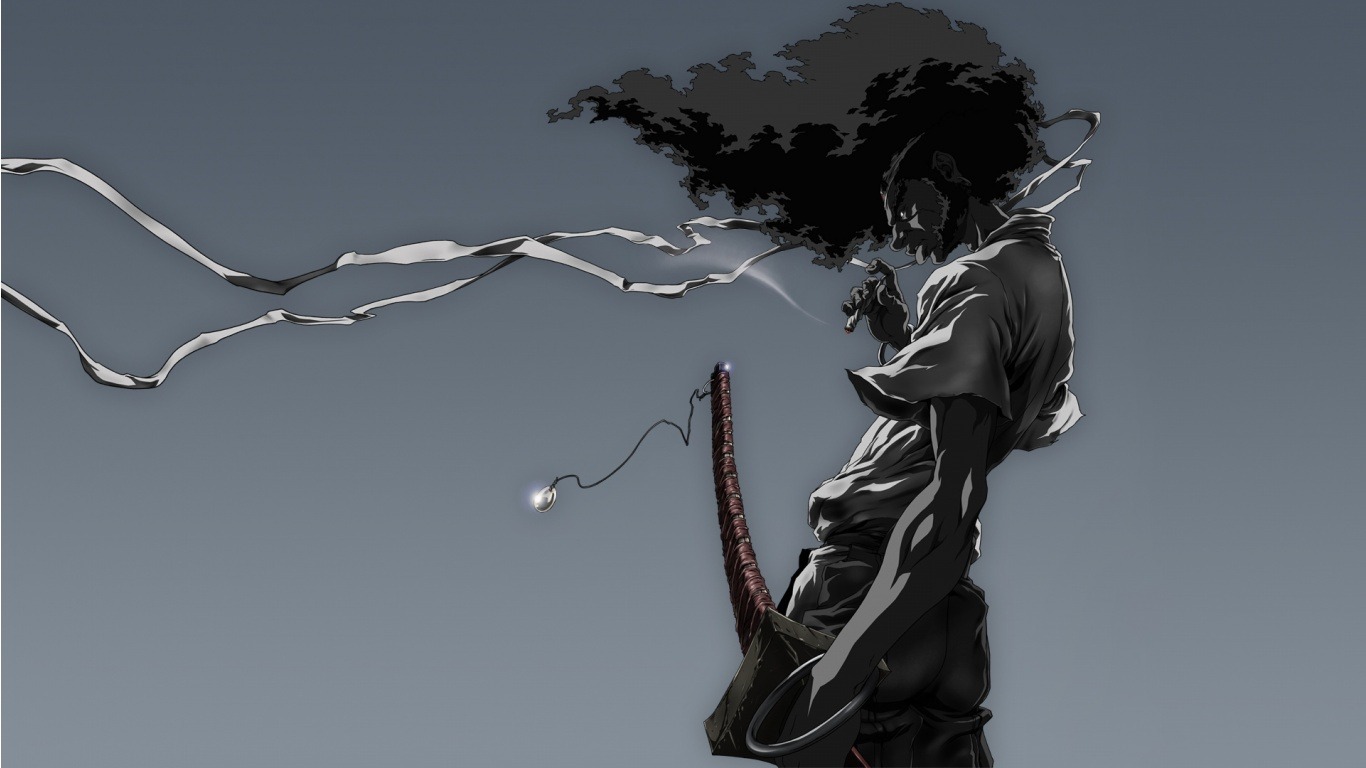
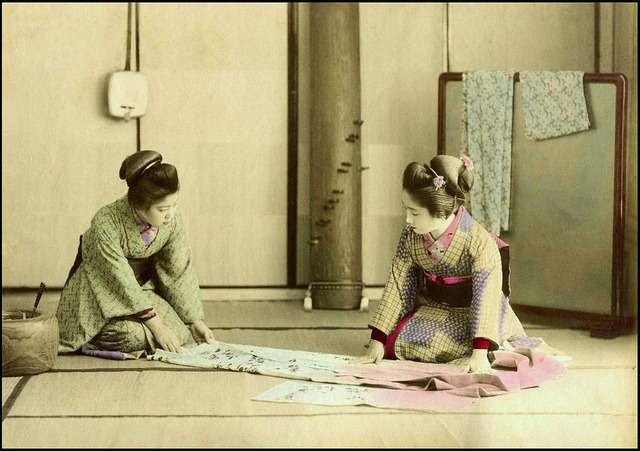

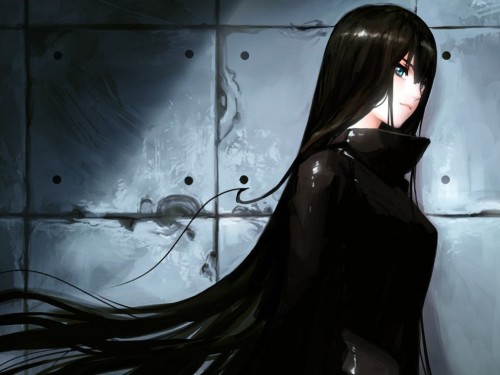
Hi, konnichiwa..
I’m doing research on geisha hairstyles and hair accessories, can you provide recommendations for books / journals that explain geisha hairstyles and hair accessories?
I don’t know of any books that focus on them. However, these books touch on them:
Iwasaki, M. (2002). Geisha, A Life. New York: Atria Books.
Downer, Lesley (2000). Geisha: The Secret History of a Vanishing World. Headline Book Publishing.
Masuda, Sayo (1957). Autobiography of a Geisha. Columbian University Press.
Best of luck!
Thank you very much ^^